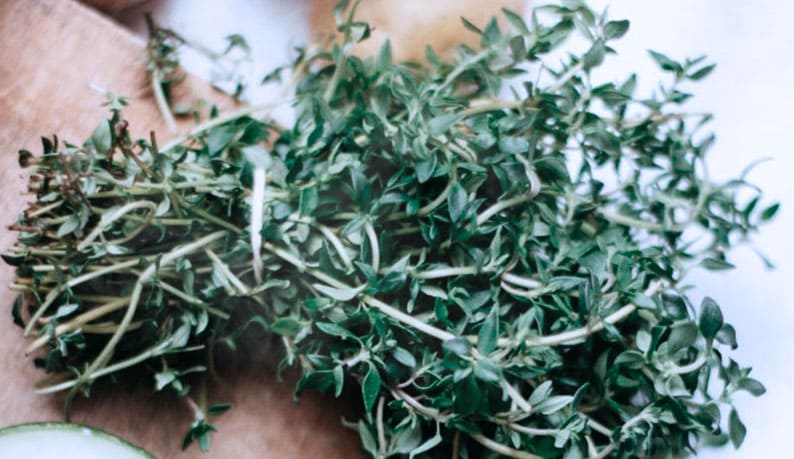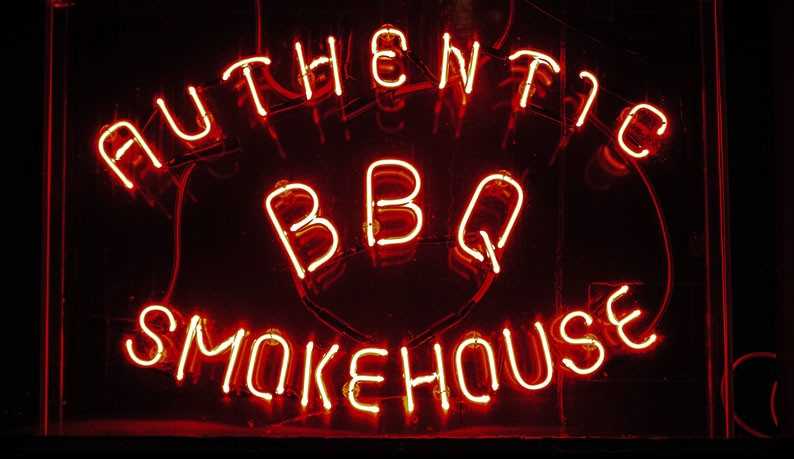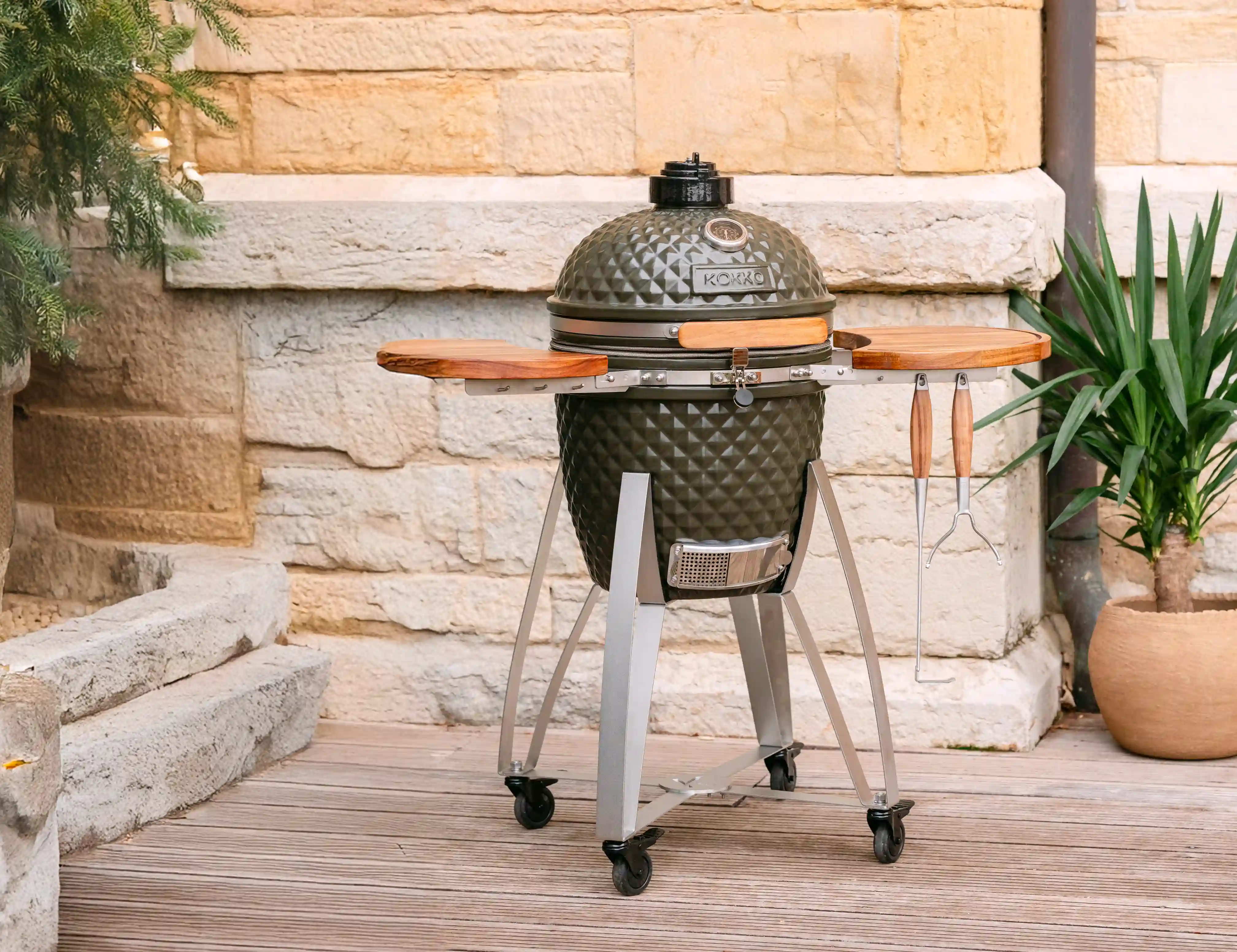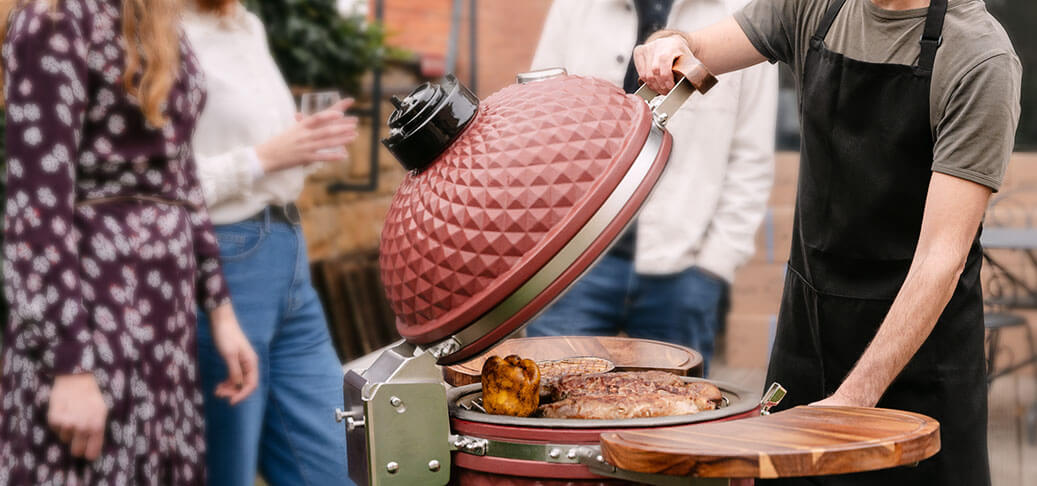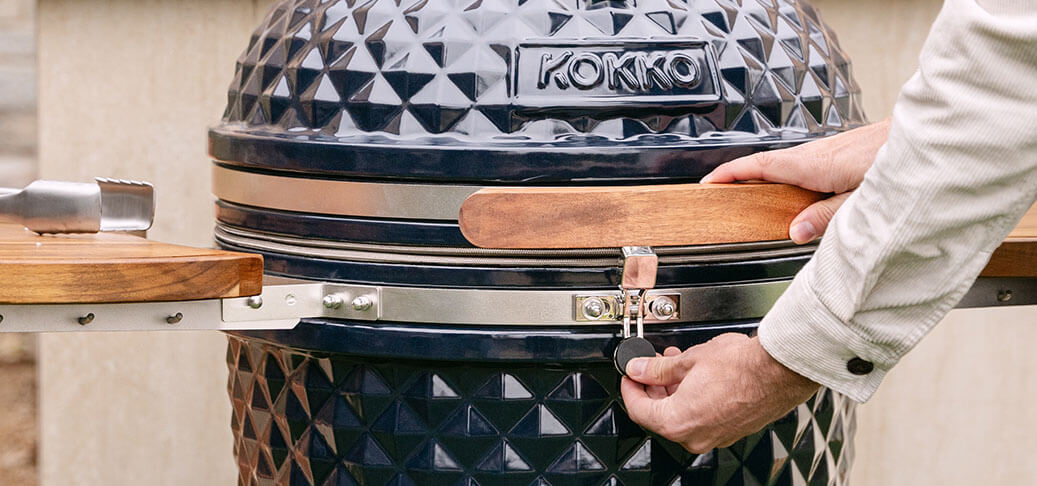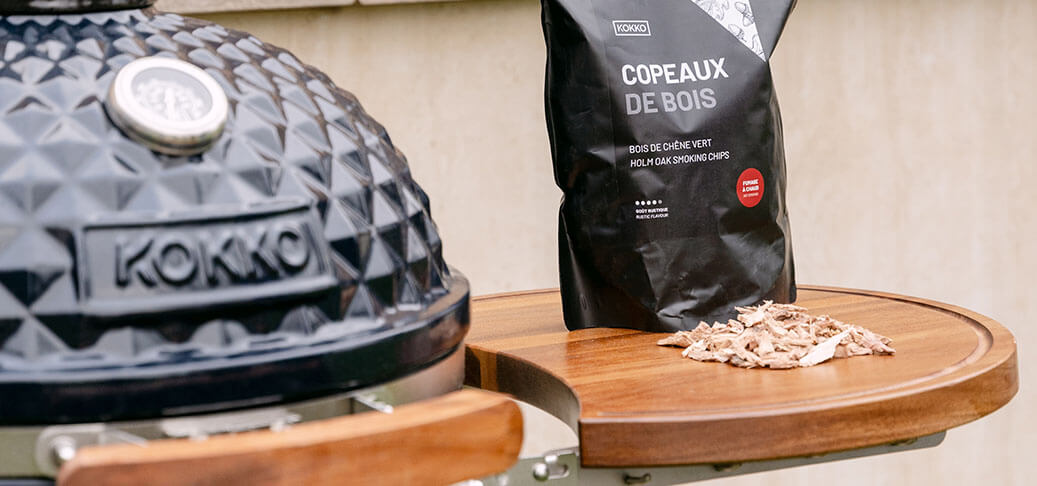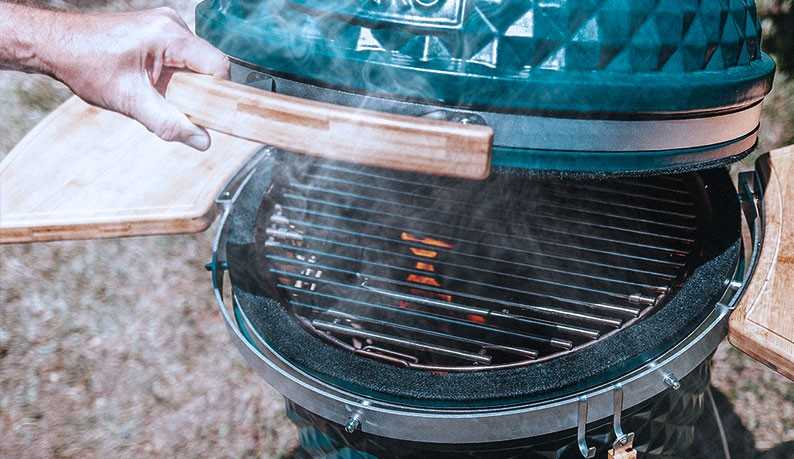
Would you like to bring originality to your dishes? Nothing is easier than with a Kokko! How? By smoking your food! We explain everything you need to know to become the king of barbecue smoking.
Originally, smoking rapidly perishable foods such as meat and fish was used to prolong their shelf life. In today's kitchen, this method of exposing food to smoke produced by burning wood - which can be varied to diversify flavours - is used to bring different aromas to dishes. Whether you're simply flavouring vegetables by smoking them for a few minutes, or slowly cooking meat in the American BBQ traditionthe kokko can be used to create any recipe. Let your creativity do the talking - your palate should appreciate it!
1- Light and adjust the Kokko
Nothing is easier than smoking your food with Kokko! Simply light it by placing a few crumpled sheets of newspaper at the bottom, on the black cast iron plate. Then add charcoal and firelighters if you wish. Light the newspaper and wait a minute before closing the dome of the Kokko. Then open the chimney and the hatch at the bottom to circulate the air and activate the combustion of the charcoal. After about 5 minutes, the charcoal should be red and therefore ready for smoking.
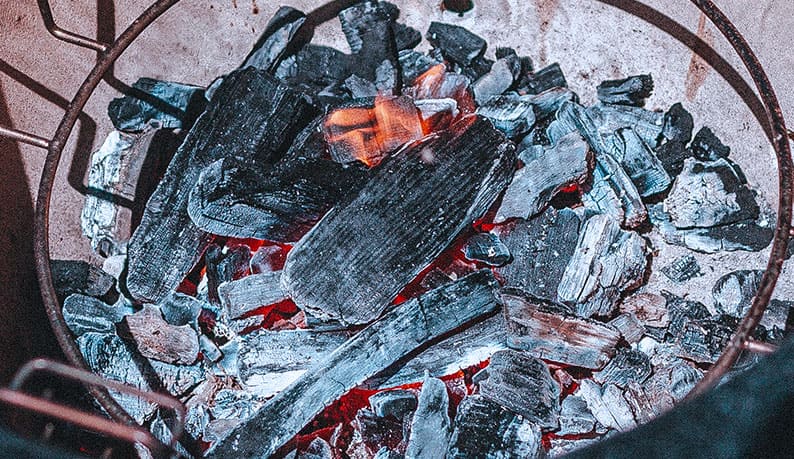
By adjusting the opening of the chimney and bottom hatch, you can regulate air circulation in the Kokko. For smoking, the lid should be closed and the chimney almost closed, so as not to activate charcoal combustion. Only the bottom hatch remains open. Adjust its opening according to the desired cooking time and temperature. The more air you let into the barbecue, the faster the charcoal will burn. Before placing your food on the grill, wait for the charcoal to cool to the desired temperature, which you can check using the thermometer on the lid. Once the charcoal is ready, you'll need to cover it with sawdust or wood shavings, depending on the desired smoking.
2 - The different types of smoking
You can smoke anything and everything, but depending on the products and the desired result, the time and methods will be different. There are two types of smoking and many tips for varying the tastes.
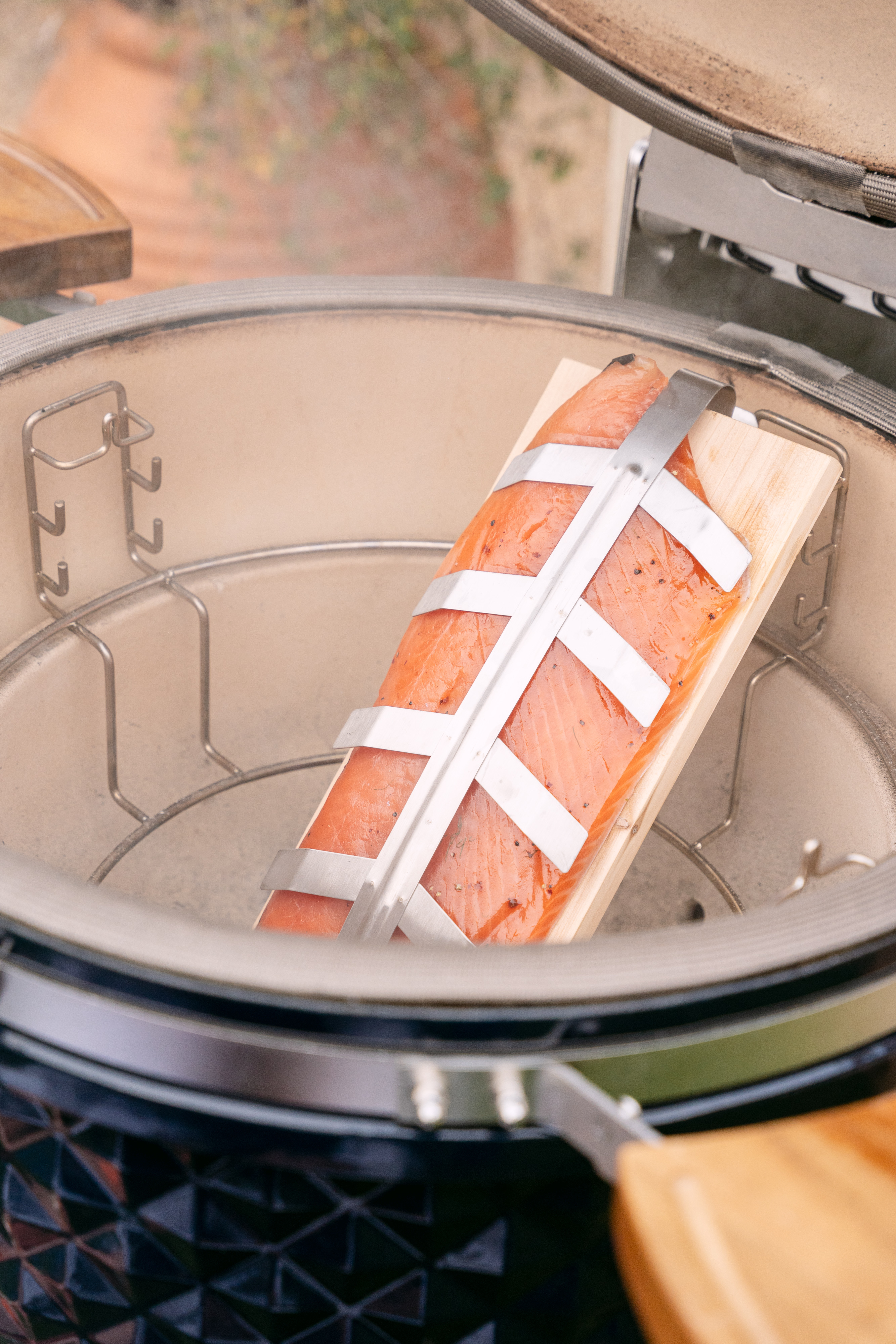
Cold smoking
Cold smoking is commonly used to smoke salmon or ham. The food is subjected to a cold smoke that does not cook it. The temperature should be around 20° to 30° maximum (25° for salmon). For successful cold smoking, the charcoal should be covered with sawdust.
For this type of smoking, it is recommended to be extremely vigilant about the quality and freshness of the products because they will not cook! It is also essential to prepare your food well before cold smoking it. They must be salted (and spiced if you wish) in order to lower their moisture content and thus facilitate the penetration of the smoke aromas into the flesh. You must also make sure to wipe and dry them well before smoking. Depending on the fragility and thickness of the product, the salting time can range from 2 hours to a whole night.
For fish, after salting, to prevent them from sticking to the grill or plate, they can be rubbed with a little olive oil.
Cold smoking is mainly used for smoking fragile products.
Among our cold-smoked recipes, discover:
Foie gras with Espelette pepper, smoked
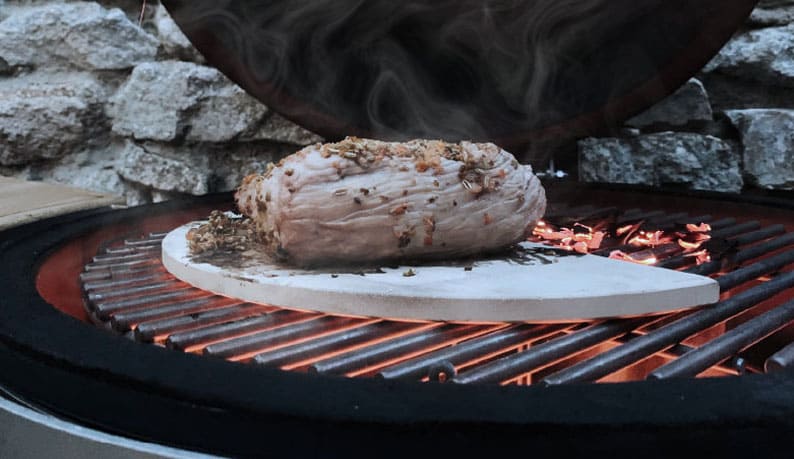
Hot smoking
Hot smoking not only gives products a different taste, but also enables them to be cooked. Smoking is carried out at a temperature of between 40° and 100°, depending on the cooking time required and the fragility of the products. For hot smoking, we use wood shavings, which are more heat-resistant than sawdust. For longer cooking times, wood shavings may need to be moistened to slow charcoal combustion. Hot smoking enables slow cooking, making meats tender and juicy. It's the ideal method for recipes inspired by American gastronomy, such as pulled pork or smoked smoked pork belly.
And unlike salmon, trout can be smoked hot. Discover our original recipe for truite "ivre" smoked with apple wood.
Finally, for Kokko smoking addicts, fruit can also be smoked for surprising desserts, like our smoked fruit salad!
3 - The different types of wood shavings and chips
Choosing the type of wood for the shavings or chips is important because it will determine the flavour of the smoking of the food.
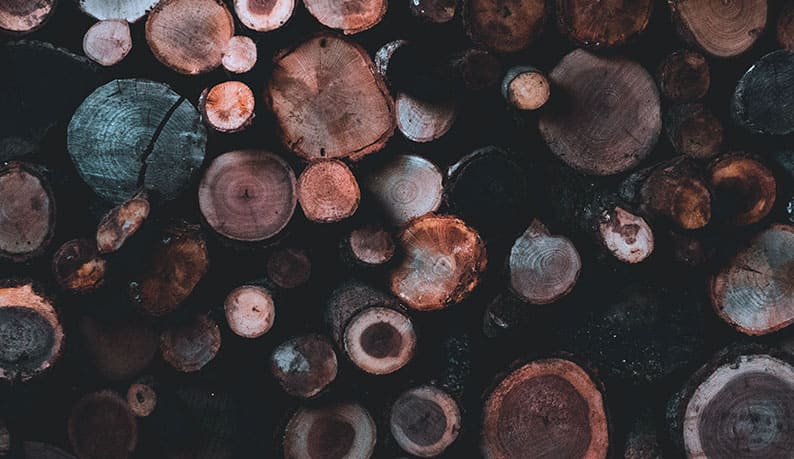
Which woods to choose?
Above all, sawdust or wood shavings must be 100% natural. Beech sawdust is most often used, especially for smoking salmon. Oak sawdust can be used for meat, and fir sawdust for hams and cold meats. Cherry sawdust, with its fruitier, sweeter notes, can also be used to give a different taste. Citrus sawdust or shavings, such as lemon or orange, go wonderfully with poultry or fish. On the other hand, avoid conifer sawdust, which has a bitter taste.
There are no predefined rules: the choice of sawdust and shavings depends on individual taste. It's also possible to use a mixture of different woods! Depending on the smoking time and temperature, 3 to 5 cm of sawdust is placed on the charcoal.
Warning: 100% natural wood shavings or chips should come from relatively dry wood because fresh wood, with a high moisture content, can be toxic when burned. Also avoid moldy, painted, varnished or treated wood, as it is dangerous to your health.
How to flavour wood chips or shavings?
Once you've chosen your type of wood, you can add other flavors using aromatic herbs such as thyme, rosemary, sage, bay leaf, etc... spices such as pepper, cloves, juniper berries... or even pine cones, as in this dish offlame-cooked and smoked eggplant with pine cones orfig leaves, as in this recipe for duck cooked in fig leaves and smoked figs.
Ready to smoke out your pantry? Discover all our original recipes for Kokko-smoked dishes to inspire you.
Find all our Kokko smoking accessories right here : Kamado smoking
